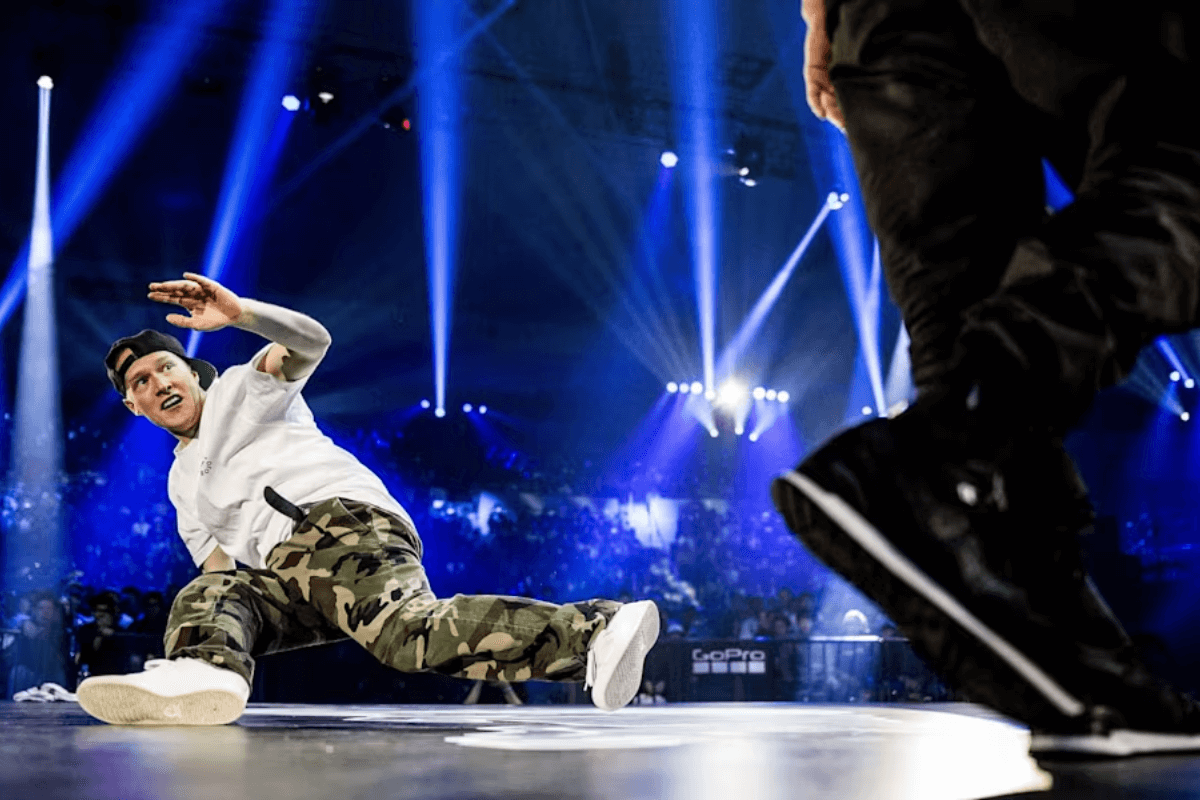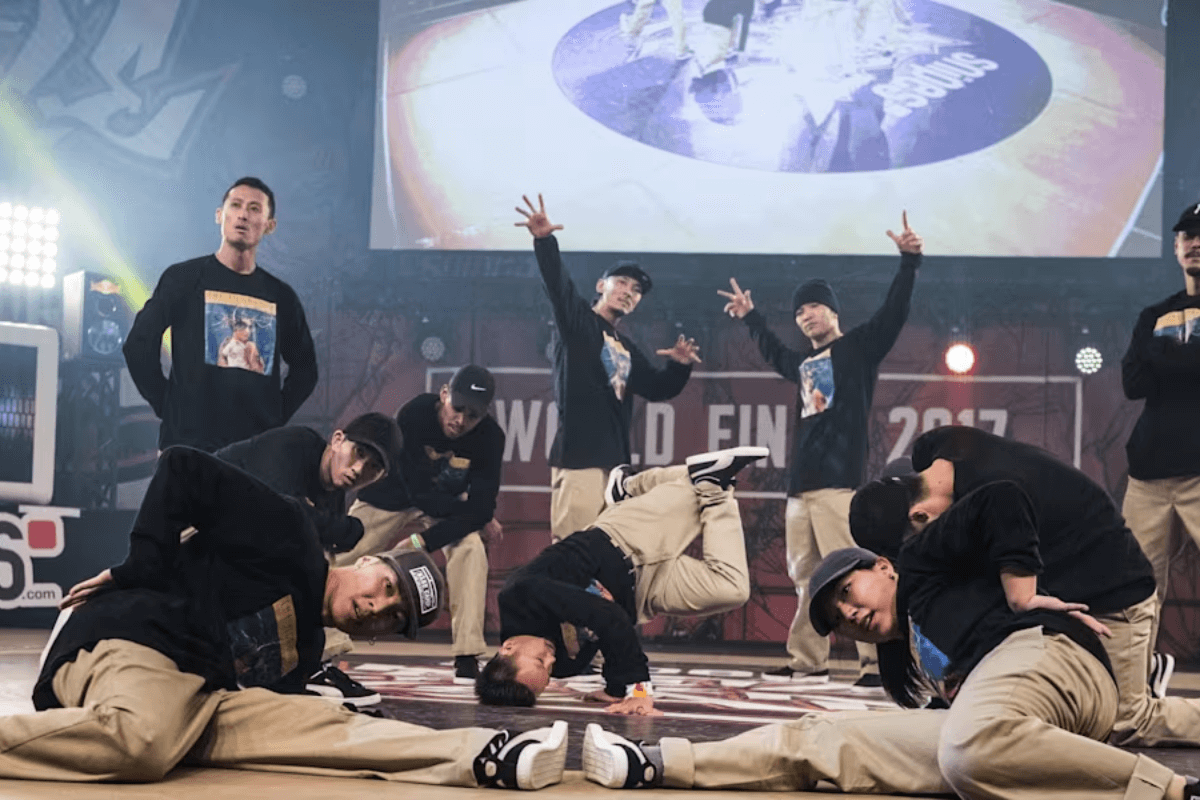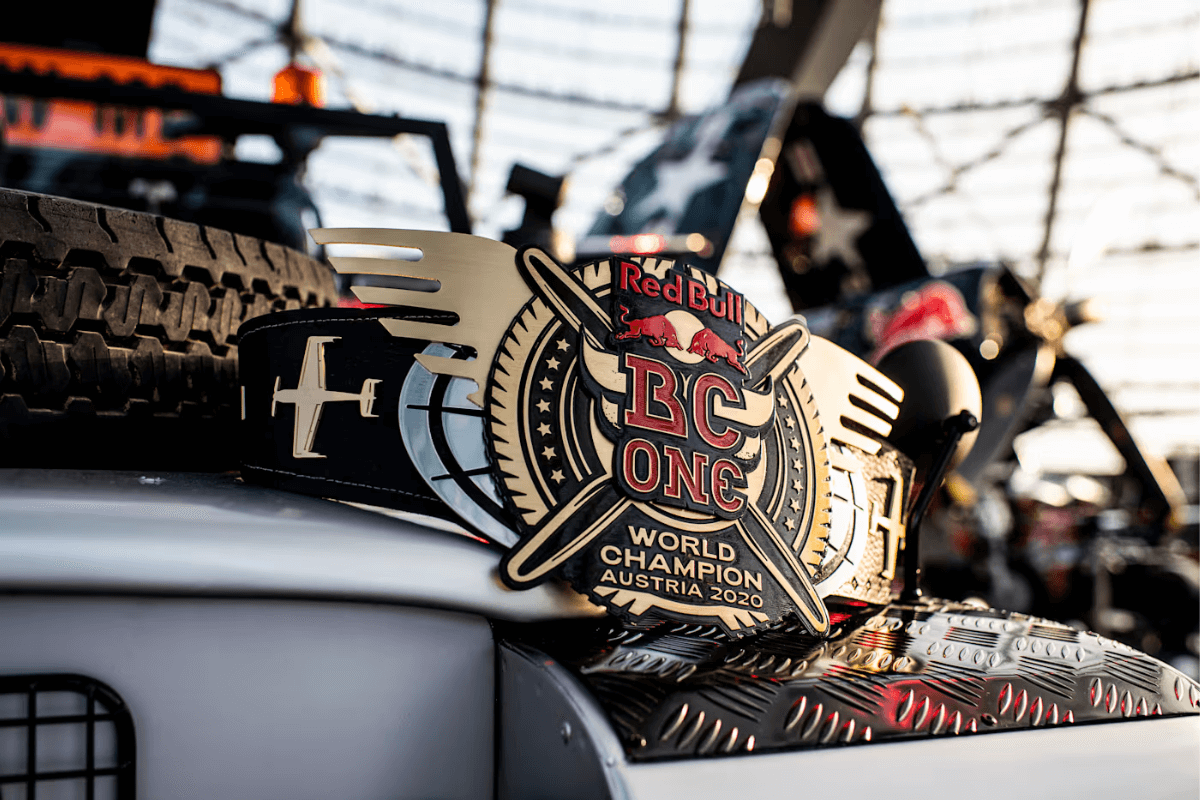Street dance battles are like exciting games where dancers show off their moves and style while following special rules. Sometimes, these rules can be a bit tricky to grasp, but don’t worry! I’m here to break them down for you so you can fully enjoy and appreciate the awesome displays of talent in these competitions.
Imagine street dance battles as vibrant spectacles where dancers unleash their creativity and technique, all within a structured environment. These competitions blend tradition with modernity, allowing dancers to express themselves while respecting the rules that govern the event.
Now, let’s dive into the key principles that form the foundation of street dance battles. By understanding these principles, you’ll be able to follow along with the action and appreciate the skill and dedication that each dancer brings to the floor.
The basics for dance battles
Knockout battles
In most competitions, there’s a particular style of competition called a “knockout battle.”
What is knockout battle? A knockout battle is a type of competition where participants face off against each other in a series of rounds, with the loser of each round being eliminated from the competition. The process continues until only one participant remains, who is then declared the overall winner. It’s kind of like a game of elimination, where dancers face off against each other until one of them is declared the winner.

Now, in these battles, you might see different setups. Sometimes, it’s just two dancers going head-to-head, showing off their skills in what’s called a “one-on-one battle.”
What is one-on-one battle? The one-on-one battle is a thrilling event where individual breakdancers, also known as B-Boys and B-Girls, face off against each other in head-to-head battles. In this format, each dancer competes solo, showcasing their skills, creativity, and style on the dance floor. They take turns performing their moves, responding to each other’s rhythms and energy, all while trying to outshine their opponent.
Other times, it’s not just individuals competing, but whole groups of dancers called “crews.” These crews can range from just two dancers teaming up to larger groups of eight, ten, or even more dancers.
Crew battles

In crew battles, teams have the freedom to perform dance routines ranging from just two members up to the whole crew during their turn. It’s like their time to shine on the dance floor! Now, here’s the cool part: the other crew doesn’t necessarily have to respond with a routine of their own if they don’t feel like it. Each crew gets to decide what they want to do in each round, unless the competition has specific rules saying otherwise.
Now, imagine this: individuals or crews take turns dancing in the center of the dance floor. They each have a set number of chances to show off their moves, which we call “rounds.”
- The dancers go back and forth, taking their turns, until they’ve all finished their rounds.
- Then, it’s decision time! A panel of judges, handpicked for their expertise, individually pick who they think won the battle.
- They might point to their chosen winner or hold up a card with their name on it.
- The dancer or crew who the majority of judges choose as the winner moves on to the next round, while the one who doesn’t make the cut gets knocked out of the competition.
This cycle keeps going until only two dancers or two crews remain. Finally, when there are only two left standing, they face off in what’s called the final battle. This is where it all comes down to the wire, and the ultimate winner of the whole event is decided.
How many competitors are in a competition?
In most competitions, there’s usually a set number of dancers chosen to battle it out. Typically, you’ll find about 16 individual dancers or anywhere from eight to 16 crews going head-to-head. They might be showing off their skills in one particular style of dance, or they might be mixing it up with different styles altogether. But get this: the number of dancers or crews competing in the main battle can vary quite a bit, ranging anywhere from four to a whopping 32!
Now, before these dancers can jump into the main event, they’ve got to earn their spot. This happens through what’s called a qualification round. Think of it like a test they have to pass to prove they’re ready for the big stage.
- During this qualification round, dancers have to impress the judges enough to be chosen to compete in the main event.
- And here’s the kicker: the qualification round can have a huge number of dancers, anywhere from 30 to as many as 500!
Now, let’s talk about how dancers get into this qualification round. There are usually five different ways they can do it:
Showcase round
There are a few different ways this can happen, and one of them is called a Showcase Round. Here’s how it works:
- Dancers are called up, one by one, to perform in front of the judges.
- They get to show off their moves and style, and the judges give them scores based on their performance.
- Once all the dancers have had their turn, the judges pick the ones with the highest scores to move on to the main competition.
Showcase battles
Another way dancers can qualify is through Showcase Battles. In these battles, individual dancers or crews face off against each other.
- These battles typically consist of just one round, or there might be a time limit for crews.
- There’s no winner declared from these battles.
- Instead, the judges score each dancer or crew based on their performance, and the ones with the highest scores are selected to compete in the main event.
It’s all about impressing the judges with your skills and style to secure your spot in the big competition!
Cypher qualifications
Let’s talk about another way dancers can get qualified for the main competition: the Cypher Qualification. A cypher is when dancers form a circle and take turns dancing in the middle. It’s like a dance party where everyone gets a chance to show off their moves! Some competitions use this as a way to decide who gets to compete in the main event.
Here’s how it goes down:
- The DJ spins some tunes, usually for about 30 minutes to an hour and a half.
- Each dancer gets a sticker with a number on it, then they jump into the cyphers and start grooving to the music.
- There’s no set routine or choreography—dancers just dance as much as they want, showcasing their skills and style.
Meanwhile, the judges roam around the cyphers, keeping an eye on the dancers and jotting down the numbers of the ones who really impress them.
Once the time’s up:
- The judges compare notes and see which numbers they all wrote down.
- Those lucky dancers are the ones chosen to battle it out in the main competition.
It’s all about catching the judges’ eyes and wowing them with your moves to secure your spot on the big stage! Let’s explore a couple more ways dancers can earn their spot in the main competition.
Being a winner of a previous qualification Battle
One way is by being winners of a previous Qualification Battle. This means that these dancers have already proven their skills and earned recognition by winning another competition. Basically, they’ve shown that they’ve got what it takes to compete at a high level, and now they have the opportunity to showcase their talent in this event.
Invitation
Another way dancers can qualify is through Invitation. This is when dancers have built up a strong reputation by performing well and winning competitions, either locally or internationally. Their impressive track record catches the attention of event promoters, who then extend a special invitation for them to compete in their competition. It’s like being recognized as one of the best in the dance community and getting a direct ticket to showcase your skills on a bigger stage.
Red Bull BC One – one of the most famous dance battles

Let’s dive into the world of Red Bull BC One, a major event in the breaking scene that first came to life back in 2004. This competition is huge—it’s considered one of the most significant international solo battles in the entire breaking community.
The World Final of Red Bull BC One is not just a one-day affair. On the contrary, it’s a multi-day extravaganza packed with:
- Workshops
- Talks
- The main event—the legendary 1on1 B-Boy and B-Girl competition
Imagine top dancers from all around the globe coming together to showcase their skills and battle it out on the iconic round stage.
Now, here’s where the excitement kicks in: The winners of the B-Boy and B-Girl battles don’t just walk away with a trophy. Oh, no. They earn the prestigious championship belt and all the glory that comes with being crowned the Red Bull BC One World Champion. It’s like the Olympics of breaking, where the best of the best compete for ultimate bragging rights and worldwide recognition.
Let’s see how a B-Boy prepare for an actual breakdance battle!


Leave a reply